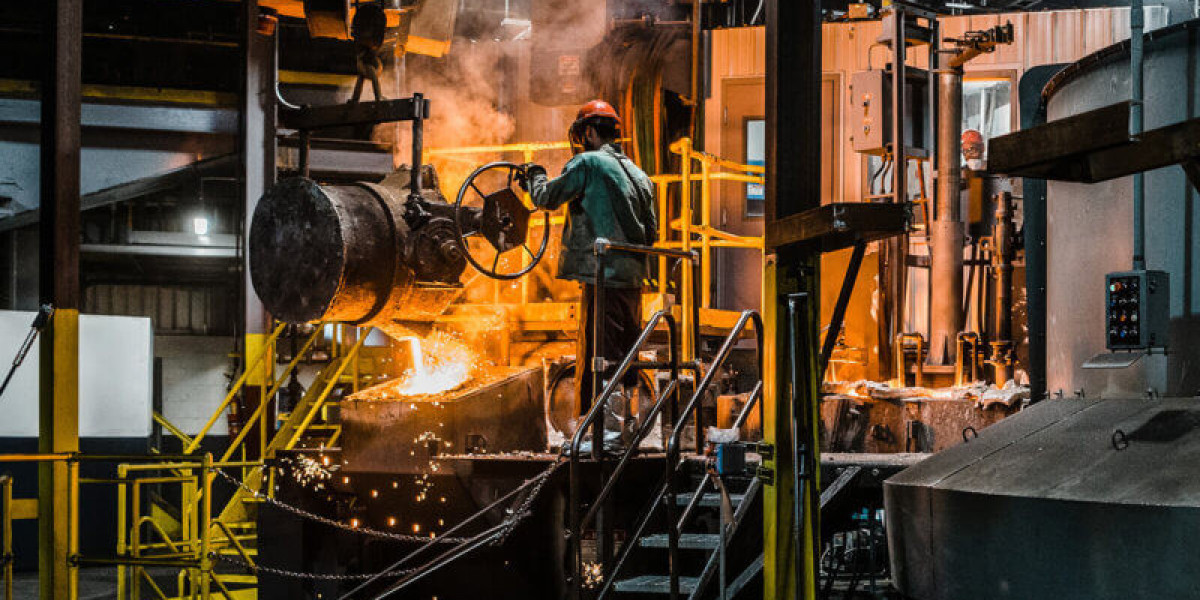In recent years, the need for carbon dioxide (CO2) capture has become increasingly urgent due to the mounting pressure of climate change. As greenhouse gas emissions from industrial processes and fossil fuel consumption continue to rise, finding efficient and scalable solutions for CO2 removal is essential. This is where carbon dioxide capture technology plays a pivotal role. Companies like Svante Technologies are at the forefront of developing and deploying innovative carbon capture systems that could significantly reduce the environmental impact of industries globally. By integrating advanced technologies and sustainable practices, carbon dioxide capture could be the key to mitigating the long-term effects of climate change.
What is Carbon Dioxide Capture?
Carbon dioxide capture refers to the process of capturing CO2 emissions produced by industrial processes before they are released into the atmosphere. This technology focuses on removing CO2 from flue gases produced during the combustion of fossil fuels in power plants, manufacturing facilities, and other industries. By trapping CO2 and preventing it from entering the air, carbon capture systems reduce the overall carbon footprint of industrial operations.
The Importance of Carbon Capture in the Fight Against Climate Change
The increasing levels of CO2 in the atmosphere are a leading contributor to global warming, making it imperative to find ways to capture and store this harmful gas. The international scientific community recognizes that without a significant reduction in CO2 emissions, the world will face catastrophic climate impacts, such as extreme weather, rising sea levels, and biodiversity loss. By investing in carbon dioxide capture technology, we can achieve substantial reductions in greenhouse gas emissions and work towards meeting global climate targets, including those outlined in the Paris Agreement.
How Carbon Dioxide Capture Works
There are various methods employed to capture CO2, each suited to different types of industrial processes. The three primary technologies for carbon capture include post-combustion capture, pre-combustion capture, and oxyfuel combustion. Each of these methods involves different techniques for isolating CO2 from other gases in exhaust streams.
1. Post-Combustion Capture
Post-combustion capture is the most widely used method for carbon dioxide capture. In this process, CO2 is removed from flue gases after the fossil fuel has been burned. This is typically done using chemical solvents that absorb CO2. The captured CO2 can then be compressed, transported, and stored in underground geological formations or used for industrial purposes, such as enhanced oil recovery.
2. Pre-Combustion Capture
In pre-combustion capture, fossil fuels are gasified before combustion. This process converts the fuel into a mixture of hydrogen and CO2. The CO2 is then separated from the hydrogen and captured, while the hydrogen can be used as a clean energy source. Pre-combustion capture is most commonly applied in hydrogen production and integrated gasification combined cycle (IGCC) power plants.
3. Oxyfuel Combustion
Oxyfuel combustion involves burning fossil fuels in an environment where oxygen, rather than air, is used to fuel the combustion process. This results in a flue gas primarily composed of CO2 and water vapor, which makes it easier to separate and capture the CO2. The captured CO2 can then be compressed and stored, contributing to a cleaner and more sustainable energy production process.
The Role of Svante Technologies in Advancing Carbon Capture Solutions
Svante Technologies is a leader in the development of carbon dioxide capture technologies, with a focus on making these solutions scalable and cost-effective. Their innovative solid sorbent technology offers an alternative to traditional liquid solvent-based CO2 capture systems. This breakthrough technology has the potential to capture CO2 at a fraction of the cost and energy consumption of conventional methods.
Solid Sorbent Technology
The solid sorbent technology developed by Svante Technologies uses highly porous materials that capture CO2 more efficiently than traditional solvents. These materials have an extensive surface area, which allows them to absorb large quantities of CO2. The captured CO2 is then released from the sorbent by applying heat, making it ready for compression and storage. This technology is highly versatile and can be deployed across a range of industries, including cement, steel, and chemical manufacturing.
Cost-Effectiveness and Scalability
One of the main challenges of carbon dioxide capture is the high cost associated with the capture and storage processes. Svante Technologies has addressed this issue by developing a system that can capture CO2 at a significantly lower cost compared to other methods. By improving the efficiency of the sorbent materials and optimizing the capture process, Svante’s technology makes carbon capture more economically viable for industries. This cost-effectiveness ensures that carbon dioxide capture can be implemented at a large scale, providing a practical solution for reducing global CO2 emissions.
The Benefits of Carbon Dioxide Capture
The implementation of carbon dioxide capture technology offers a wide range of benefits, not only for the environment but also for businesses and economies. Some of the most notable advantages include:
1. Reduction in Greenhouse Gas Emissions
The most obvious benefit of carbon dioxide capture is the reduction in greenhouse gas emissions. By capturing CO2 before it can enter the atmosphere, industries can significantly lower their carbon footprints. This is crucial in mitigating climate change and preventing the worst effects of global warming.
2. Economic Opportunities
Carbon capture technology can create new economic opportunities, especially in industries like construction, transportation, and energy. The development and deployment of CO2 capture systems can lead to the creation of new jobs in manufacturing, engineering, and project management. Additionally, the stored CO2 can be used for enhanced oil recovery or as a feedstock for the production of chemicals, fertilizers, and synthetic fuels.
3. Support for Carbon Neutrality
As businesses and governments work towards carbon neutrality, carbon capture becomes an essential tool in achieving this goal. While renewable energy sources like wind and solar power are critical for reducing emissions, carbon capture provides a way to address emissions from industries that are difficult to decarbonize, such as cement and steel production.
4. Enhanced Oil Recovery
Captured CO2 can be used for enhanced oil recovery (EOR), a process where CO2 is injected into oil reservoirs to increase the amount of oil that can be extracted. This not only helps to reduce emissions but also enhances oil production, making it a win-win solution for both the environment and the energy sector.
Future Trends in Carbon Dioxide Capture
As the world continues to push for more sustainable practices, carbon dioxide capture technology will likely evolve and improve. Several trends are shaping the future of carbon capture, including:
1. Integration with Renewable Energy
The integration of carbon dioxide capture with renewable energy sources will be a key trend in the coming years. By pairing carbon capture with wind, solar, and other renewable energy technologies, we can create a more sustainable and low-carbon energy system. This combination of technologies will help to decarbonize industries and provide a cleaner energy mix for the future.
2. Direct Air Capture
In addition to capturing CO2 from industrial sources, there is growing interest in direct air capture (DAC) technology. DAC systems are designed to capture CO2 directly from the atmosphere, offering a solution for offsetting emissions from hard-to-decarbonize sectors. While still in the early stages of development, DAC has the potential to be a game-changer in the fight against climate change.
3. Global Policy Support
Governments around the world are increasingly recognizing the importance of carbon capture and are providing financial incentives and regulatory support to promote its development. As policy frameworks evolve, industries will be incentivized to adopt carbon capture technologies, accelerating the transition to a low-carbon economy.
Conclusion
Carbon dioxide capture is a vital technology in the fight against climate change. With advancements in capture technologies and the efforts of innovative companies like Svante Technologies, it is becoming more feasible and cost-effective to reduce CO2 emissions on a global scale. By harnessing the power of carbon capture, we can mitigate the impact of climate change, create economic opportunities, and move closer to a sustainable, carbon-neutral future. The potential of carbon dioxide capture to transform industries and protect the environment makes it one of the most promising solutions for tackling climate change in the coming decades.







